This 3D model of BD-1 Droid from the Star Wars universe consists of files in StereoLithography (.Stl) format that is optimized for 3D printing.
Before printing the files, we strongly recommend reading the PRINTING DETAILS section.
WHAT WILL YOU GET AFTER PURCHASE?
- 2 versions of BD-1 Droid STL files for FFF/FDM, DLP/SLA and SLS - files for each version are available for download after the purchase;
- STL files of high-poly BD-1 Droid 3D Model for 3D printing consist of 86 parts;
- Sizes:
- FFF/FDM: 602 mm tall, 247 mm wide, 316 mm deep;
- DLP/SLA: 301 mm tall, 124 mm wide, 158 mm deep;
- Assembly Manual for FFF/FDM 1.0 and DLP/SLA 1.0 versions in PDF format;
- Detailed settings that we provide as a recommendation for Cura, Simplify3D, Slic3r and PrusaSlicer for the best print- Full technical support from the Gambody Support Team.
Detailed information about this 3D printing figurine is available in the DESCRIPTION section.
ABOUT THIS 3D MODEL
The best droid helper is up for adoption!
A curious and lively BD-1 Droid is not just a sidekick for your quest. He is a full-fledged companion with bird-like features and puppy-like loyalty to his friends! Buddy Droid accompanied Cal Kestis throughout Star Wars Jedi: Fallen Order and even made an appearance in The Book of Boba Fett series, charming everyone in a flash!
Our contributing 3D artist was sure that you would love to 3D print such a fellow to help you out in the workshop! Thus, he created the highly detailed BD-1 Droid 3D Printing Model just for your needs. The model was also equipped with all kinds of articulated joints to ensure that Buddy Droid could follow you everywhere and provide the needed assistance.
ADAPTATION FOR 3D PRINTING
BD-1 Droid for 3D printing is an active assembly model and its moderation and adaptation for different types of 3D printers took the Gambody team 35 hours in total. For you to receive the cleanest 3D printing result possible and to minimize the amount of filament needed for generated support, the BD-1 Droid model was divided into many assembly parts. The model was made fully articulated and equipped with unique active joints that will make your droid companion come alive.
All assembly parts in the FFF/FDM 1.0 version are provided in STL files in recommended positions that were worked out in order to ensure the smoothness of the details’ surfaces after printing and that the 3D printing beginners won't face difficulties when placing the parts on a build plate. When downloading any model's file you will also receive "Assembly Manual" for FFF/FDM 1.0 and DLP/SLA 1.0 versions in PDF format. We highly recommend that you get acquainted with the “Assembly video” and "Assembly Manual" before getting down to the Pit Droid model.
The figurine is saved in STL files, a format supported by most 3D printers. All STL files for 3D printing have been checked in Netfabb and no errors were shown.
The model's scale was calculated from the approximate height of the droid which is 450 mm. The 3D printing figurine's chosen scales are 1:1 for the FFF/FDM version and 1:2 for the DLP/SLA version.
VERSIONS' SPECIFICATIONS
FFF/FDM 1.0 version features:
- Contains 56 parts;
- A printed model is 602 mm tall, 247 mm wide, 316 mm deep;
- Right sensor can be assembled with and without the lens;
- Rotating holoprojector;
- Ratchet mechanism allows the articulation of antennae;
- Removable side panel to reveal internal details;
- The head rotates on a ball joint, the neck can be bent and extended;
- Removable batteries at the back of the head;
- Highly articulated hip and knee joints;
- Springing joint for the articulation of feet;
- The cables for the BD-1 Droid's legs are not provided in the STL files. You may use simple 1.75 mm filament to create the cables;
- Tunnels for LED wiring for the sensor, holoprojector, and head lights; removable panel on the head to hide a battery inside;
- All parts are divided in such a way that you will print them with the smallest number of support structures.
DLP/SLA 1.0 version features:
- Contains 30 parts;
- A printed model is 301 mm tall, 124 mm wide, 158 mm deep;
- Right sensor can be assembled with and without the lens;
- Rotating holoprojector;
- Ratchet mechanism allows the articulation of antennae;
- Removable side panel to reveal internal details;
- The head rotates on a ball joint, the neck can be bent and extended;
- Removable batteries at the back of the head;
- Highly articulated hip and knee joints;
- Springing joint for the articulation of feet;
- The cables for the BD-1 Droid's legs are not provided in the STL files. You may use simple 1.75 mm filament to create the cables;
- Tunnels for LED wiring for the sensor, holoprojector, and head lights; removable panel on the head to hide a battery inside;
- All parts are divided in such a way to fit the build plates and to ensure that support structures are generated where needed.
You can get the model of BD-1 Droid for 3D Printing immediately after the purchase! Just click the green Buy button in the top-right corner of the model’s page. You can pay with PayPal or your credit card.
Watch the tutorial on how to assemble BD-1 Droid 3D Printing Model at Gambody YouTube channel.
Also, you may like Pit Droid 3D Printing Model, BB-8 3D Printing Model, R2-D2 3D Printing Model, as well as other Star Wars models.
_______
FAQ:
Where can I print a model if I have no printer?
How to get started with 3D printing?
How to set up my 3D printer?
How to choose right 3D model print bed positioning?
How to paint printed figurine?
Generic
Below you can find printing recommendations for Cura, Bambu Lab, Simplify3D, Slic3r and PrusaSlicer software.
Disclaimer: The following printing settings are a recommendation, not an obligation. The parameters can vary depending on the peculiarities of your 3D printer, the material you use, and especially the particular assembly part you are working with. Each part that any model comprises often needs preliminary review, and you are free to tweak the settings the way you find suitable.
Note:
You can scale up the model (downscaling for FFF/FDM 3D printers is not recommended!);
All connectors should be printed at 100% Infill.
Bambu Lab printing recommendations:
These basic 3D printing settings recommendations for beginners were tested in Bambu Studio 1.9.5. Test models were printed on the Bambu Lab A1, Bambu Lab A1 Mini, Creality Ender 3 S1, Anycubic Kobra 2, and Anycubic Vyper using PLA and PETG filaments.
To avoid printing problems, we recommend the following settings: download
Cura printing recommendations:
These are averaged settings which were tested in the Cura 5.8.1 slicer. Test models were printed on Anycubic Vyper, Creality Ender 3 Pro with PLA filament.
To avoid printing problems, we recommend the following settings: download
Simplify3D printing recommendations:
These are averaged settings which were tested in the Simplify3D 5.0.0 slicer. Test models were printed on Anycubic Vyper, FLSUN v400, Ender3 S1 with PLA filament.
To avoid printing problems, we recommend the following settings: download
Slic3r printing recommendations:
These basic 3D printing settings recommendations for beginners were tested in Slic3r 1.3.0 software. Test models were printed on Ultimaker 2, Creality Ender 3, Creality Cr-10S pro v2, Anycubic I3 Mega, Anycubic I3 MegaS, Anycubic Vyper with PLA and PetG filaments.
To avoid printing problems, we recommend the following settings: download
PrusaSlicer printing recommendations:
These basic 3D printing settings recommendations for beginners were tested in PrusaSlicer 2.3.1. Test models were printed on Ultimaker 2, Creality Ender 3, Creality Cr-10S pro v2, Anycubic I3 Mega, Anycubic I3 MegaS, Anycubic Vyper with PLA and PETG filaments.
To avoid printing problems, we recommend the following settings: download

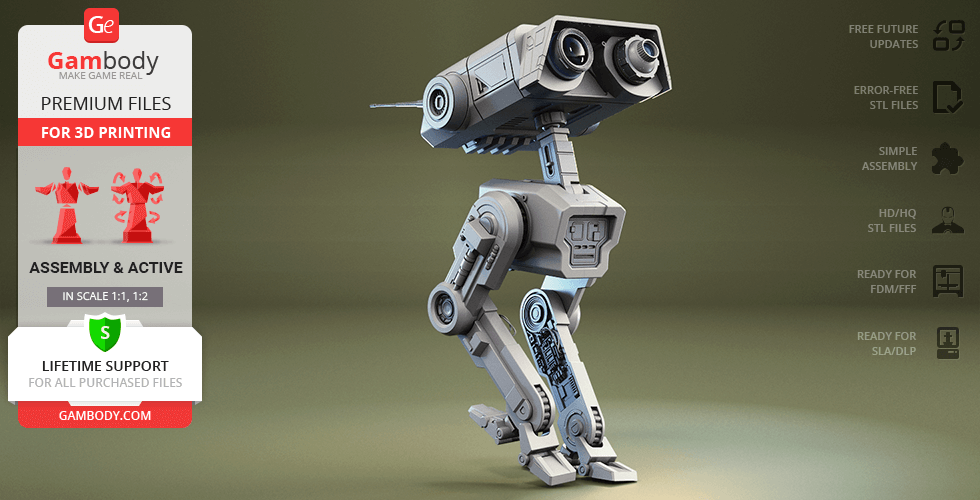
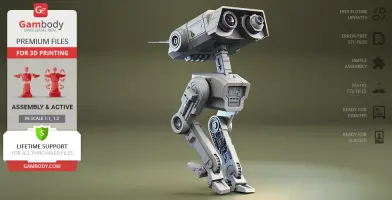

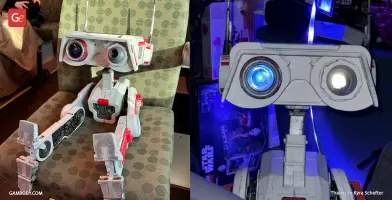
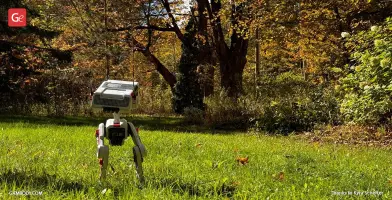
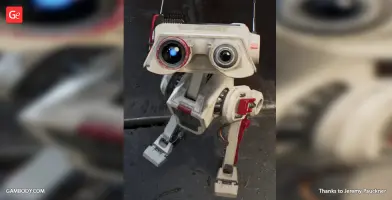
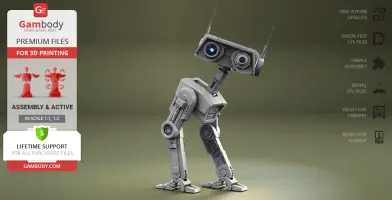
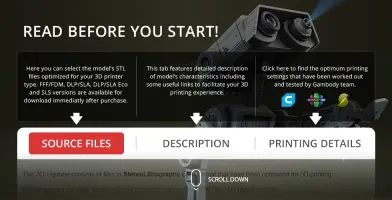
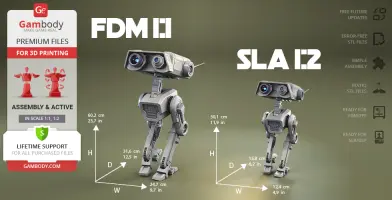
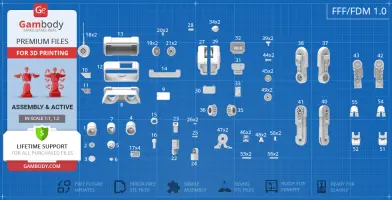
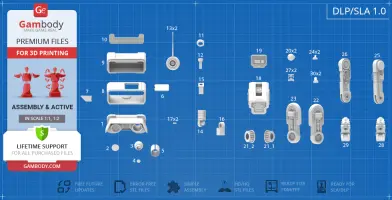
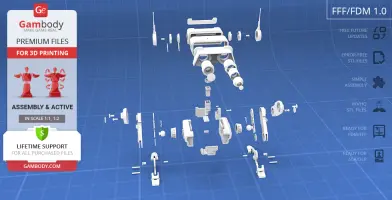
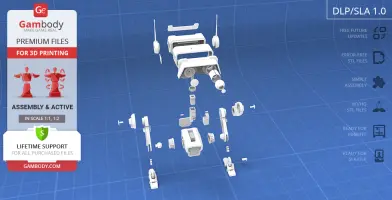
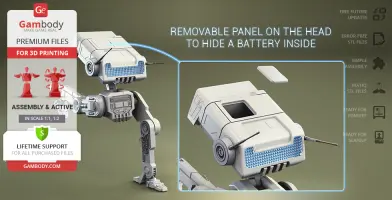
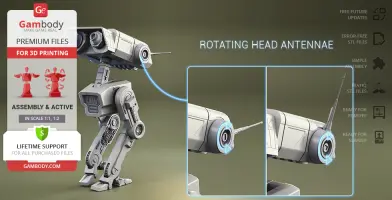

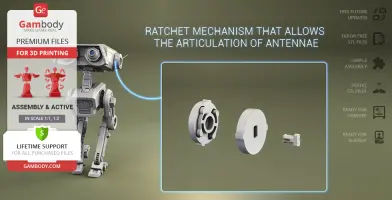
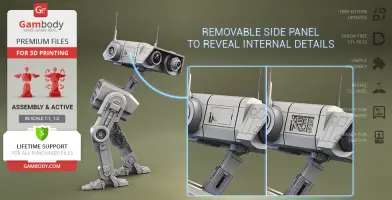
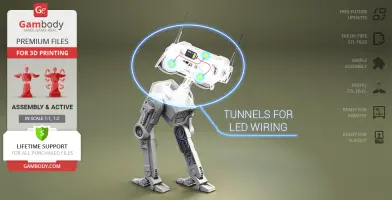
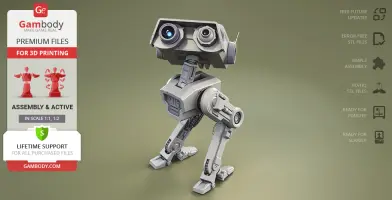
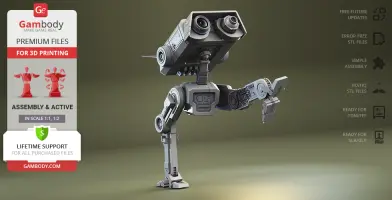
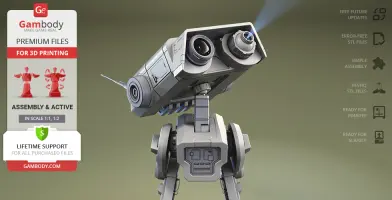
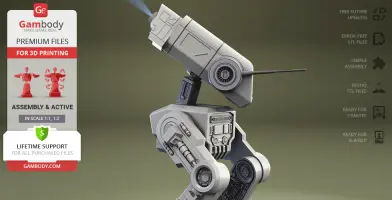
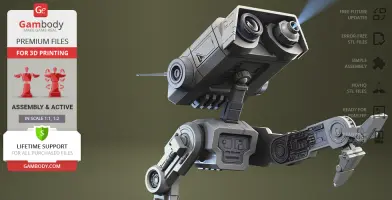
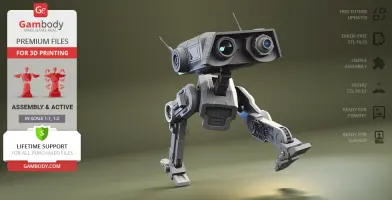
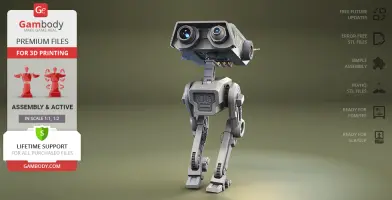
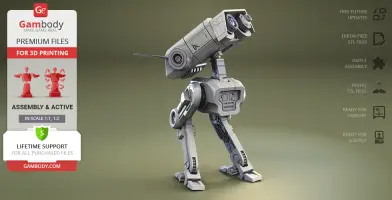
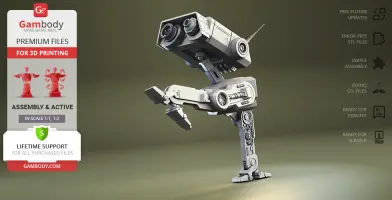
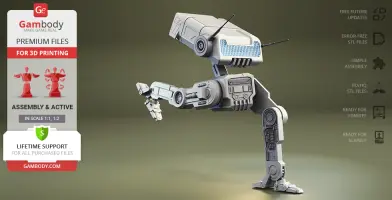
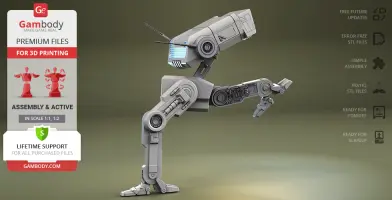
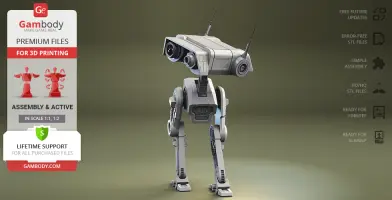
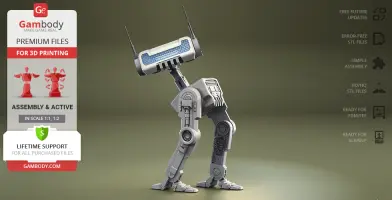
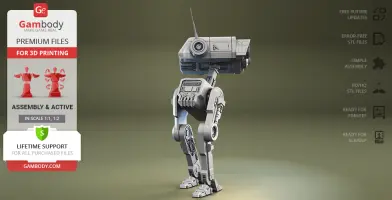
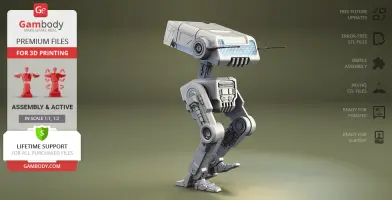
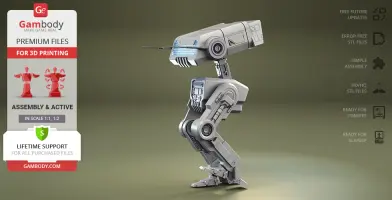
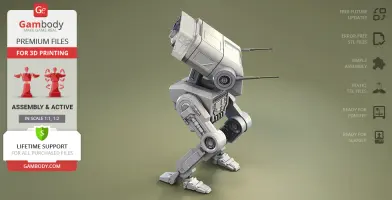
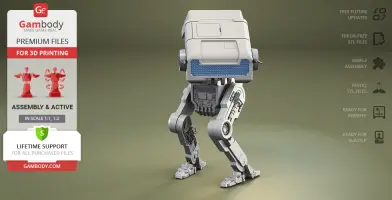
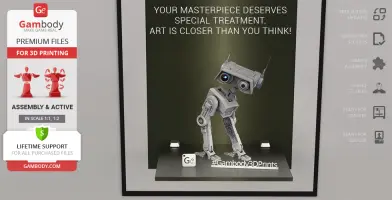




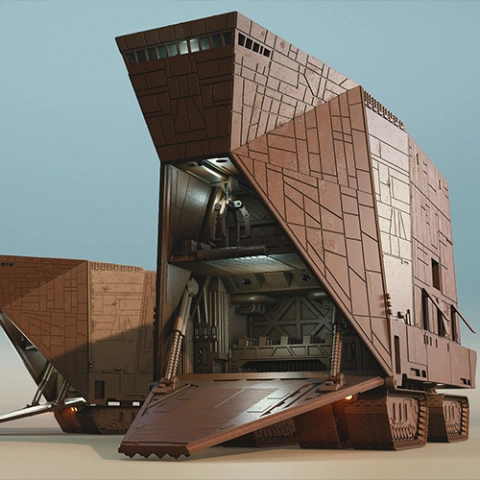
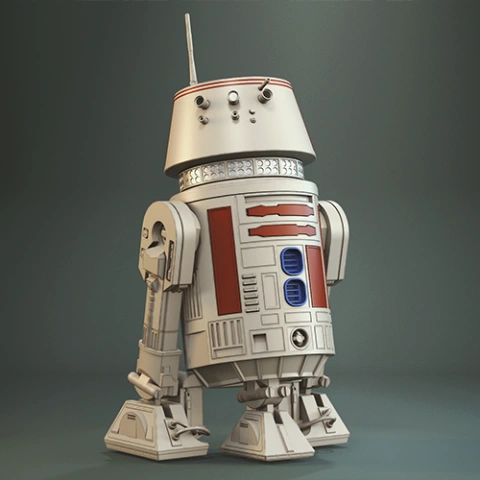
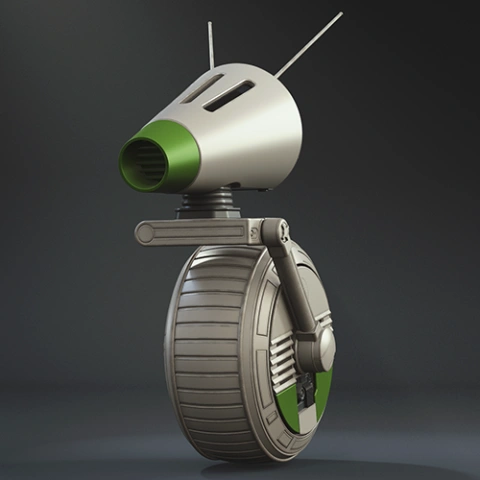
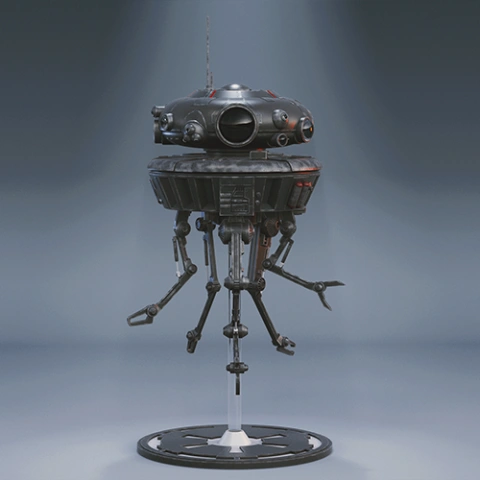
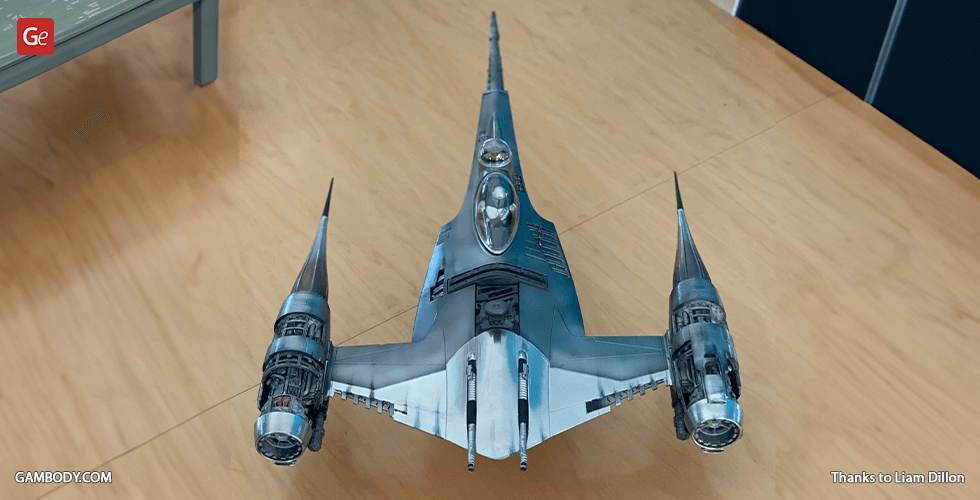
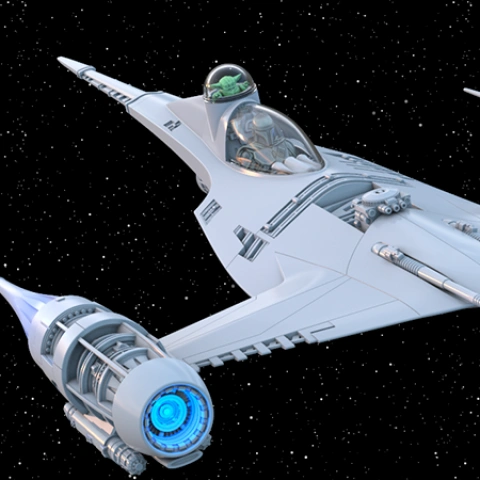
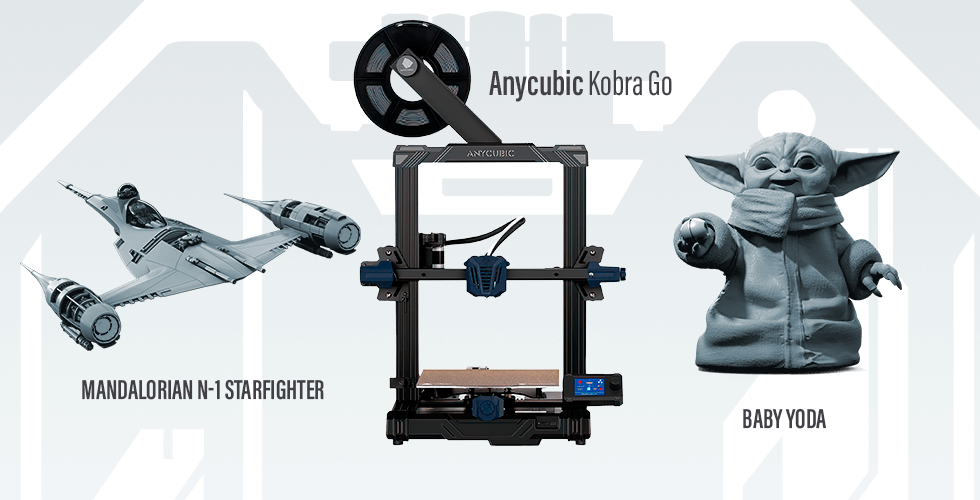

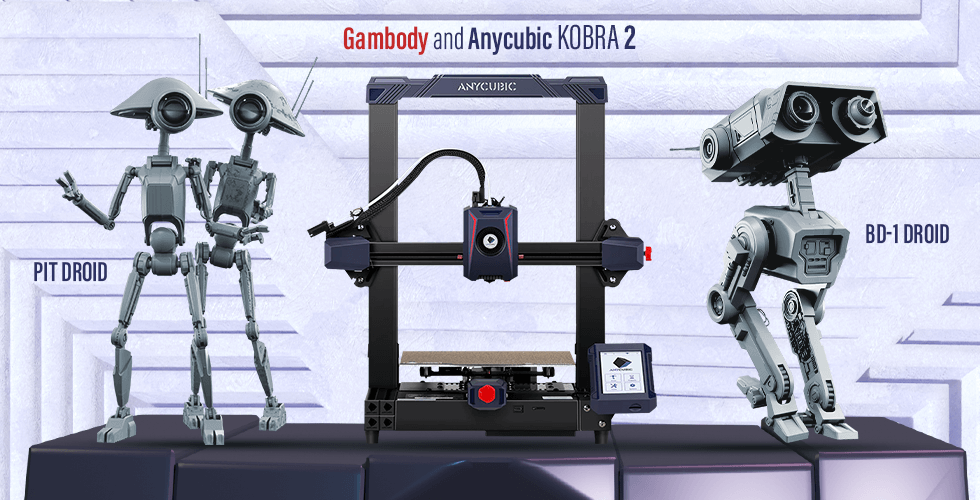
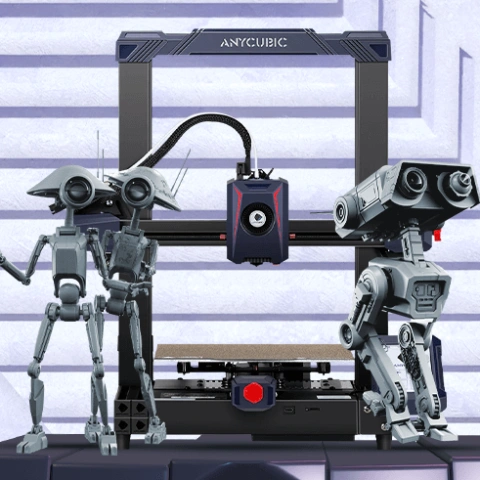
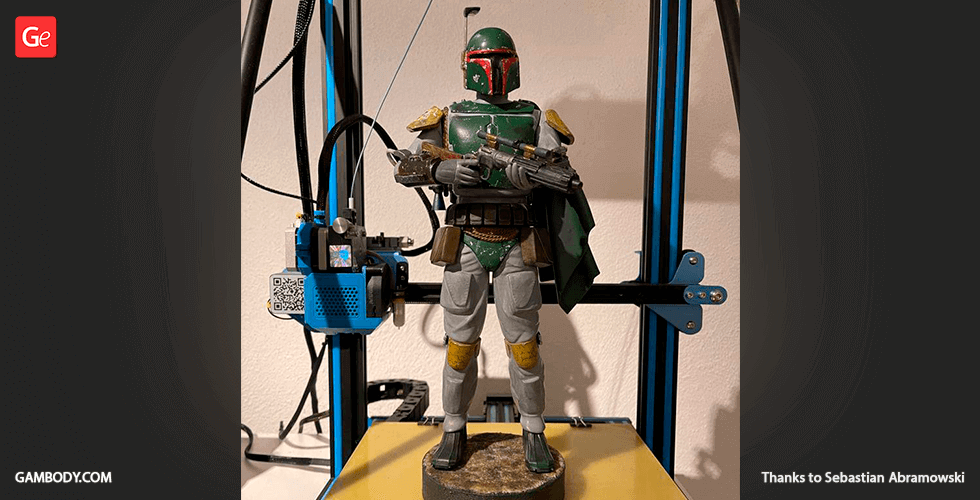
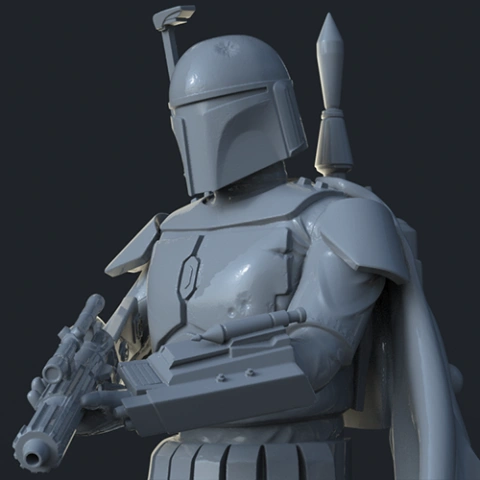
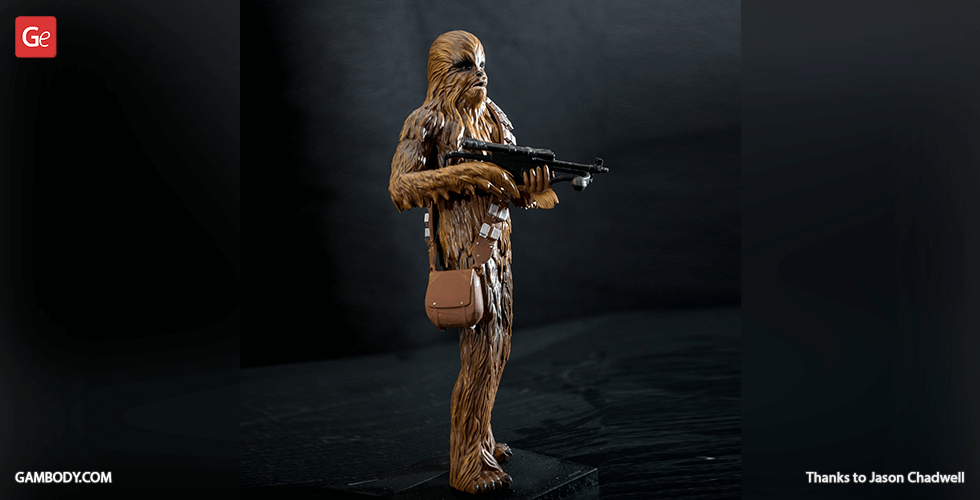
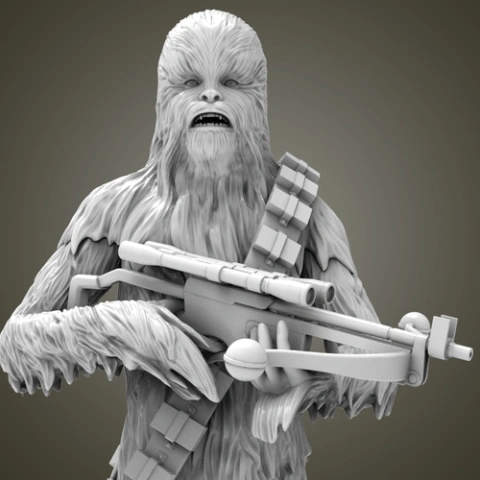
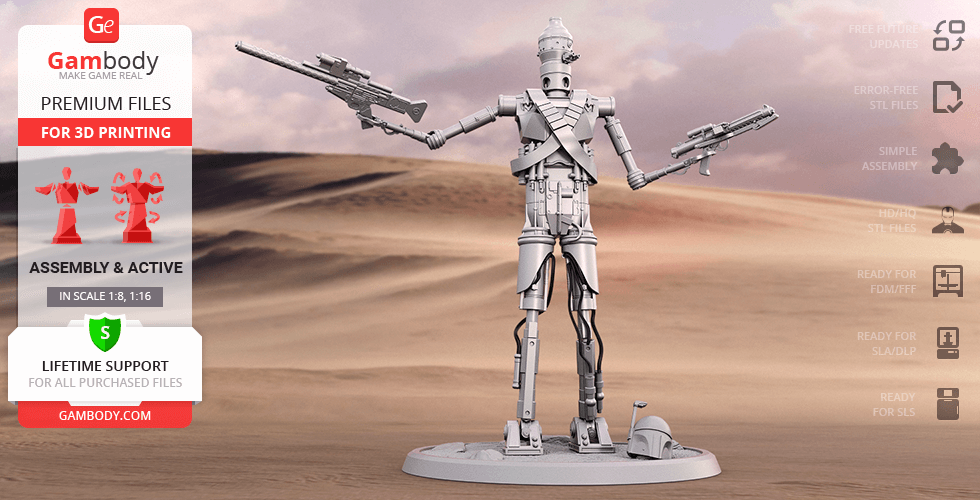

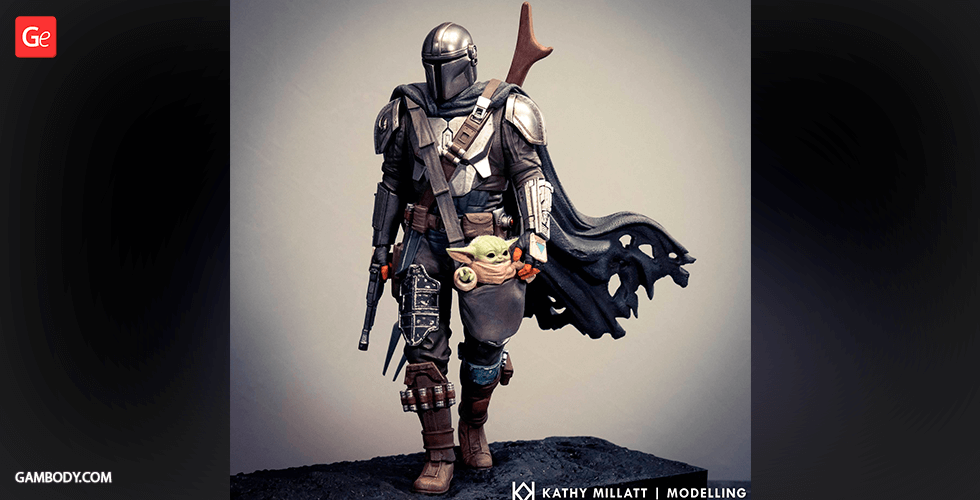
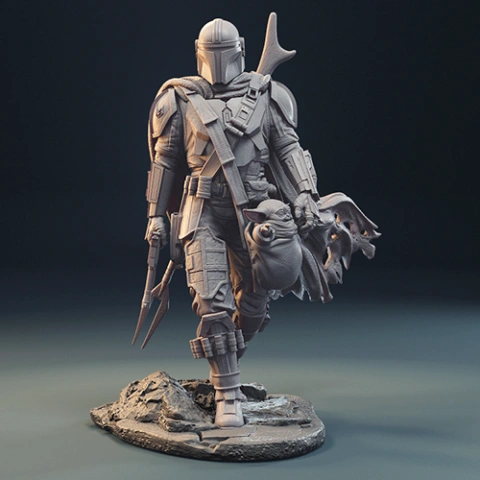
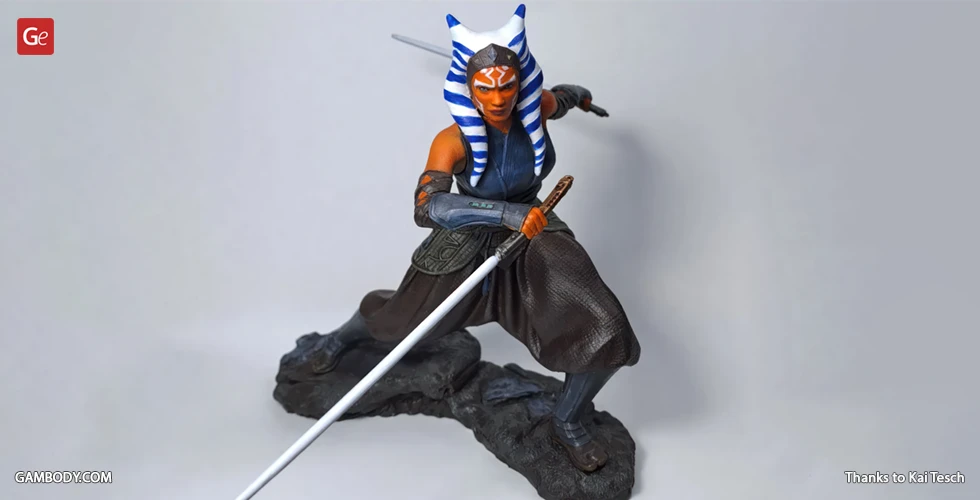
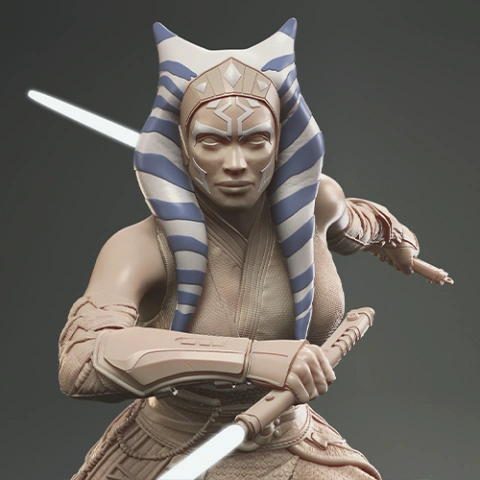
Comments